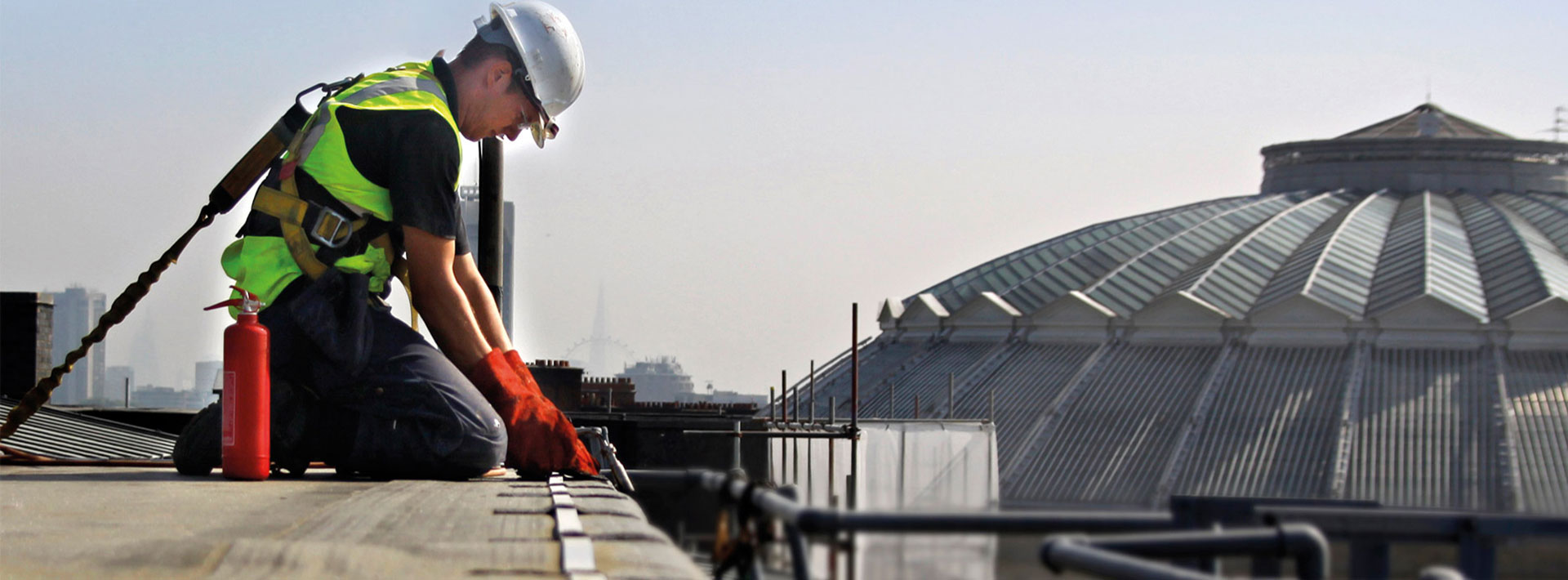




People, animals and assets are damaged by lightning. Lightning strikes and voltage fluctuations always pose a risk to life and property safety. Lightning does not only occur in rural areas but also in densely populated areas and endangers people, buildings and technical equipment.

In particular, the economic dimension of the damage caused by electrical fluctuations is several hundred euros. Buildings and equipment are not only at risk from lightning strikes, but are also at risk from electric waves that span up to two kilometers from where the lightning occurs. Voltage above the resistance of an electrical system causes malfunctions and permanent damage.
In the field of lightning protection, DIN 1055-4 and DIN 4131 standards have been used to date. In 2012, these standards have been internationalized by the International Organization for Standardization (ISO) (EN 1991 and EN 1993). These two standards provide the basis for lightning protection systems.
A lightning rod or lightning conductor is a metal rod that protects the structure against lightning by mounting it on buildings. This rod is connected by a wire to a conductor buried in the ground. The lightning rod was first discovered by Benjamin Franklin. Lightning rods provide a low resistance path to the earth used to transmit very large electrical currents when lightning strikes occur.
This system removes the harmful electric current from the structure and transports it safely to the soil. The lightning rod system is an excellent conductor and conducts the current to the ground without causing any heat damage.
The following are a few standards based on lightning rod tests conducted by competent authorities:
TS 13709 Lightning protection - Active lightning rods
TS EN 62305 Lightning protection
TS EN 62561 Lightning protection system components (LPSC)
TS EN 1991 Effects on structures
TS EN 1993 Design of steel structures
The application is received, the contract and then the product, vehicle and vehicles for which, what kind of service is determined exactly.
The necessary laboratory environment is prepared and the products, tools and instruments requested by the organization are tested by experts with the reference of the existing standards and measurements are made.
The data obtained as a result of meticulously completed tests, measurements and analyzes are evaluated and accredited approved reports are submitted by expert engineers.
To get an appointment, to get more detailed information or to request an evaluation, you can ask us to fill in our form and reach you.